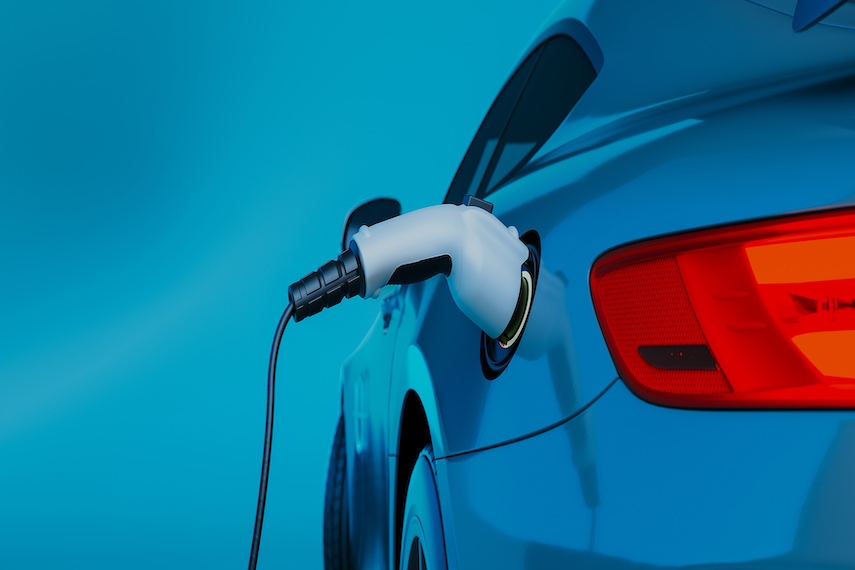Last Friday, the Department of the Treasury and the Internal Revenue Service proposed joint guidance further developing the Inflation Reduction Act’s tax credit for electric vehicles (EVs). The proposed guidance introduces more requirements that EVs must meet in order to qualify for the $7,500 tax credit. While the new requirements will shrink the pool of qualifying EVs in the short term, they are designed to incentivize companies to bolster the U.S.’s internal capacity for EV production.
What’s in the Proposed Guidance?
Two major requirements are included in the proposed guidance:
- New critical mineral requirement
- New battery component requirement
To qualify for the full $7,500 credit, EVs will have to comply with both requirements. However, if an EV meets only one of the requirements, then it will qualify for a reduced $3,750 tax credit. The critical mineral requirement introduces criteria limiting where certain raw materials used in EV batteries can be sourced. The battery component requirement introduces additional provisions limiting the assembly and manufacture of specific battery components to North America.
Critical Mineral Requirement
To meet the critical mineral requirement, an EV’s electric motor battery must contain a certain percentage of minerals sourced from the U.S. or from a country which has a free trade agreement with the U.S. A list of minerals defined as “critical minerals” can be found under I.R.C. § 45X(c)(6) The list includes minerals such as aluminum, cobalt, lithium, and nickel.
The required critical mineral content increases from 2023 to 2027 according to the following schedule:
- 2023 – 40 percent
- 2024 – 50 percent
- 2025 – 60 percent
- 2026 – 70 percent
- 2027 – 80 percent
The guidance provides a three-step process for complying with the critical mineral requirement:
- Determine procurement chains;
- Identify qualifying critical minerals; and
- Calculate qualifying critical mineral content
New Battery Component Requirement
To meet the battery component requirements, a certain percentage of battery components contained in EVs must be manufactured or assembled in North America. I.R.C. § 45X(c)(5) defines “qualifying battery components” as electrode active materials, battery cells, and battery modules.
The required battery component content increases from 2023 to 2029 according to the following schedule:
- 2023 – 50 percent
- 2024 – 60 percent
- 2025 – 60 percent
- 2026 – 70 percent
- 2027 – 80 percent
- 2028 – 90 percent
- 2029 – 100 percent
The proposed guidance provides a four-step process for complying with the battery component requirement:
- Identify battery components that are manufactured or assembled in North America;
- Determine the incremental value of each battery component;
- Determine the total incremental value of battery components; and
- Calculate the qualifying battery component content by dividing the total incremental value of North American battery components by the total incremental value of all battery components.
Key Differences
While the two new requirements look similar, there are a couple of key differences that should be kept in mind:
- Under the critical mineral requirement all critical minerals must be sourced either from the U.S. or from a country with a free trade agreement with the U.S. On the other hand, the battery component requirement provides that battery components must be manufactured or assembled in North America. This means that EVs with battery components from non-North American countries will not be eligible for the full tax credit even if those battery components come from countries with which the U.S. has free trade agreements.
- The critical mineral requirement begins at 40% and increases at a linear pace until maxing out in 2027 at 80%. The battery component requirements begin phasing in at 50% and remain at 60% for both 2024 and 2025. Additionally, the battery component requirement does not stop at 2027, and instead continues to increase to 100% in 2029.
What This Means
It will be difficult for EVs to qualify for the full $7,500 tax credit in the near term. It is unclear if the U.S., its trade partners, and North America generally, have enough manufacturing capacity to support compliance with these requirements at scale. However, with time they should serve as incentives to build more EV manufacturing capacity domestically and among key trade partners.
Auto manufacturers looking to qualify for the credit will have to increase their ability to accurately trace their supply chains. This means that those upstream in automotive supply chains will also have to develop practices that will allow for supply chain transparency. Many of them should already have similar systems in place to support their customers’ compliance with the SEC’s Conflict Minerals Rule.
The proposed guidance is set to be published in the Federal Register on April 17. Vehicles placed in service on or after April 18 will be subject to the new requirements in order to qualify for tax credits. A forthcoming list of qualifying vehicles will be published on April 18 on FuelEconomy.gov. For those looking for more information on these new requirements or on the IRA’s other various tax credits, check out our Subject Area: Inflation Reduction Act.










